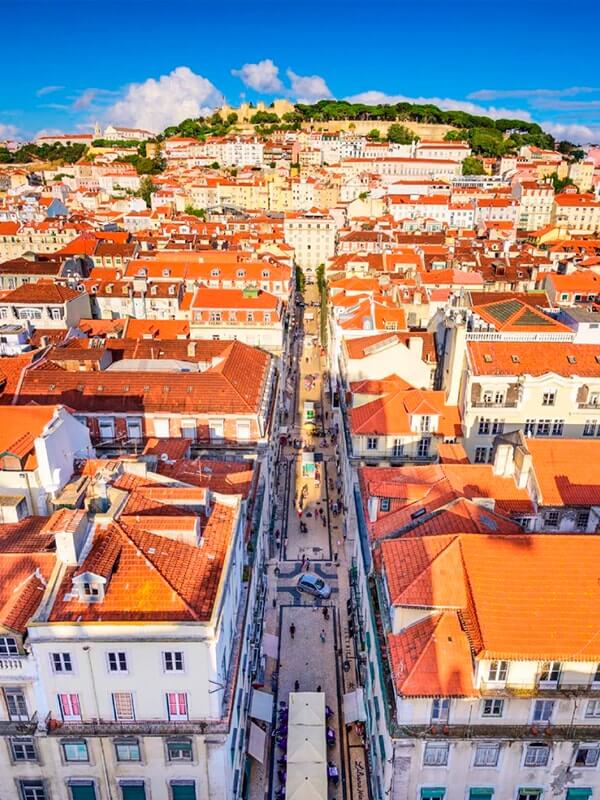
Medina wants to plant another 80,000 trees in Lisbon by 2021

This article is an abbreviated version of the original. To read the full article go here.
The mayor of Lisbon, Fernando Medina (PS), announced this Tuesday that it is his intention that the capital will have more 80,000 trees and more green areas by the end of the mandate in 2021.
Medina provided this information at the meeting of the Lisbon Municipal Assembly that took place today, during the presentation of the president's written information. During this speech, the mayor focused on the fact that Lisbon was chosen last week as European Green Capital in 2020.
Medina pointed out that "in recent years" there has been an increase of "more than 200 hectares of green areas" in the city. "It's an increase that we want to continue with more green corridors areas, and parks, and integrated zones, with more leisure areas," he added.
The mayor of Lisbon wants to endow the city with "green zones that meet the objective of reducing the heat wave".
This will involve the "planting of another 80,000 trees by the end of the mandate, which will be a great effect for reducing the temperature in the city of Lisbon, but at the same time comply with a biodiversity support plan that meets the objective of support to mobility, which fulfill the objective of supporting the drainage plan and the retention of water naturally in the areas that are created."
"And of course, they are also an instrument to support noise reduction in the city of Lisbon," he said.
For Medina, "the policy of expansion of green areas is a central policy from the point of view of the quality of life, from the point of view of mobility, but fundamentally from the point of view of the environmental sustainability of the city of Lisbon." (...)
Also in the initial intervention of the written information, the mayor of the municipality said that the buses that were purchased to reinforce the Carris fleet will "arrive in September".
At the beginning of February, the Lisbon Chamber signed the process of acquiring 165 new buses powered by compressed natural gas, and at the time pointed out that a hundred of them should be on the streets by the end of the year.
These will be joined by electric vehicles, due to arrive in the first quarter of 2019, to renew and expand the current fleet. (...)
